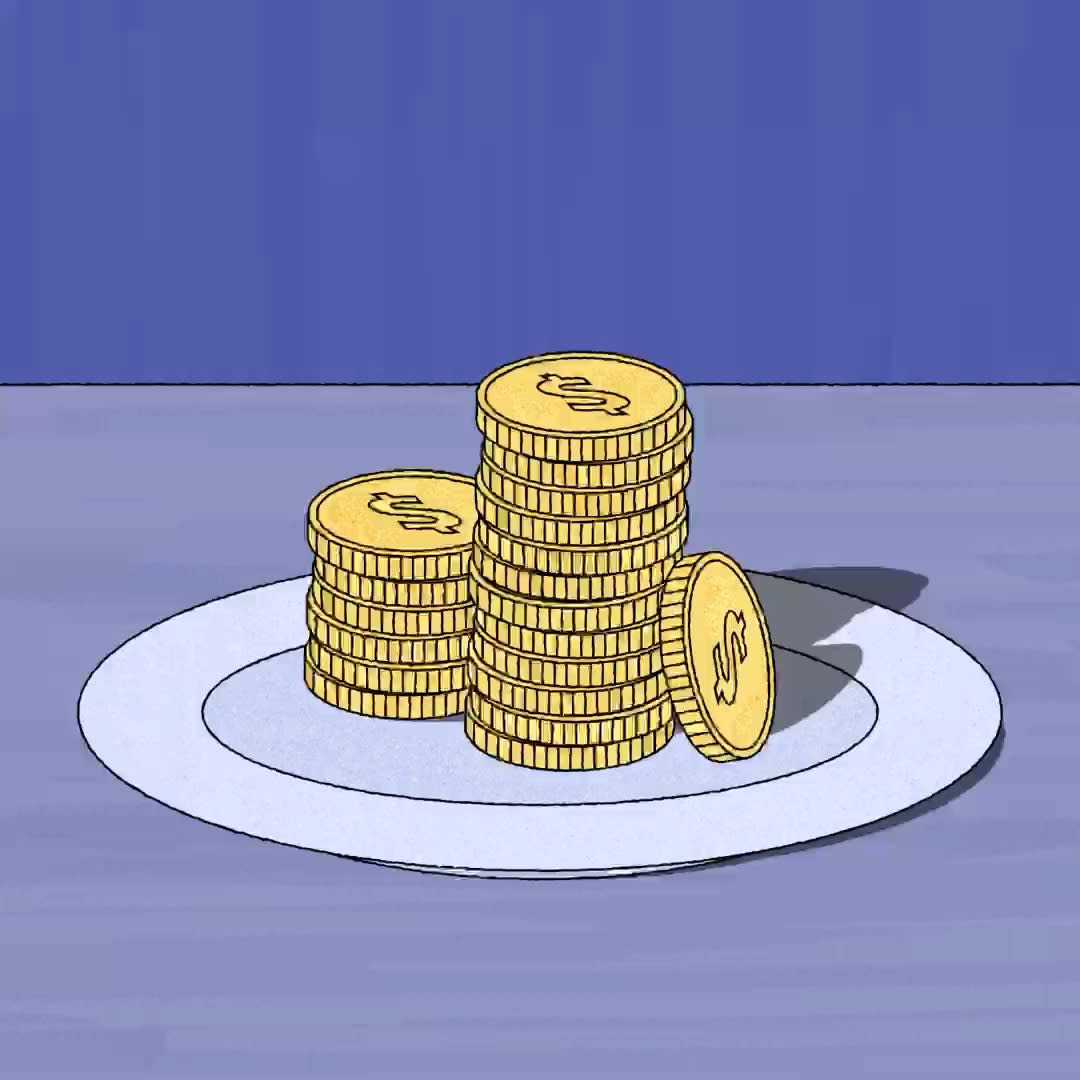Want to do a spending fast? Here’s a step-by-step guide.

Fasting is all the rage right now, and that’s not just considering diet and wellness.
The so-called “spending fast” phenomenon — also known as “shopping bans” — is an increasingly popular strategy to tackle addictive shopping behaviors and reevaluate how you spend money. As a bonus, spending fasters save a good chunk of change along the way.
But don't throw out all your credit cards just yet. A successful spending fast requires a bit of planning, so you can head in with strong motivation and clever strategies to help you avoid temptation. Here's how to get started.
First, determine your why
To set yourself up for success, you’ll first want to identify exactly why you're embarking on a shopping ban. Are you trying to save money for a time-sensitive goal like a wedding or vacation? Do you feel like your house is full of clutter and you want to adopt a more minimalist lifestyle?
Knowing your reason will help you stay on track — even when you get an email from your favorite store with a 60% off coupon.
Figure out your triggers
Before starting your fast, figure out what makes you want to spend money in the first place. Be as specific as possible. For example, are you prone to browsing Amazon when you’ve had a few drinks? Do you tend to hit Target after a bad day at work or when you’re feeling bored?
When that impulse hits, take a notebook and write down how you’re feeling. Make a list of other activities you can do instead of shopping that could make you feel better. Ideally, these should be activities that reflect your priorities, goals and values.
If you’re feeling restless, try going on a hike. If you’re lonely, plan a coffee date with a friend. If you’re bored, watch a movie that looks interesting. You could also call a friend, tackle a home project you’ve been putting off or walk your dog.
Save it for later
One of the biggest contributing factors to shopping addiction is the perceived idea that you must buy an item now instead of later. To curb this compulsion, try instituting a mandatory 24-hour waiting period between finding an item and buying it.
For example, if you see something interesting on Instagram or TikTok, bookmark it to a special folder and return to it the next day. You’ll be surprised how often a purchase loses its appeal when you’ve had a day to think it over. In many cases — maybe even most cases! — you’ll forget about it entirely.
Here’s a spending hack: Try to avoid adding an item to a retailer’s wish list whenever possible. In many cases, they’ll send you reminder emails trying to nudge you to complete the purchase — and they can be very persuasive! Then you’re right back where you started.
Block shopping websites
If online shopping is the primary source of your overspending, download a browser extension like Simple Blocker or BlockSite that can block troublesome sites. Make sure to download an app for your phone, so you won’t be tempted there either.
You’ll have to manually add the sites you want to block — Target, Poshmark, Shein or whatever your problem sites may be. If there are some you can’t block entirely — Amazon, for instance — then set timers on when you can use the site. That way, you won’t find yourself mindlessly scrolling just looking for things to buy.
De-clutter your house
Anytime I go through my closets and drawers, I’m amazed by all the stuff I have. It reminds me that I probably have enough things and don’t need to go shopping. For example, I’ll go through my bathroom and realize that I have enough hair-care products to last me for the next five years.
Try to de-clutter your house before you start your shopping ban. It will give you a better idea of what you already own and what you won’t need to buy for a long time.
Set ground rules
People who institute successful shopping bans often have strict rules on what they will and won’t allow themselves to buy. It’s best to have those rules set before you start so you’re not adding and subtracting as you go.
For example, are you allowed to replace a clothing item if it wears out, even if you don’t need it? Is the ban solely focused on material goods or are you also avoiding spending money on eating out and other experiences? These are questions to answer before you begin your fasting journey.
Give yourself grace if you slip-up
When trying any new challenge, you’re almost certainly going to fall short at some point. Don’t expect perfection, especially if you’re fasting for an extended period.
Instead of beating yourself up for breaking your ban, open up your notebook and write about what caused you to give in. Try not to get lost in shame and judgment. Approach this experience from a position of curiosity, and you’ll actually be able to learn something from this perceived “failure.”
Find an accountability partner
When attempting a spending fast, especially for an extended period, it helps to have some company. Try to find a partner who will also be your sounding board and help hold you accountable. It could be someone who’s on the same journey as you — or someone who’s done it before.
If you can’t find an accountability partner, visit blogs or forums where you can find similar-minded people, like the minimalism forum on Reddit. You could also read blogs from inspiring families — like the Frugalwoods — who are happily living on less.
View the original article at Chegg Life and signup for the Chegg Life Newsletter
Related...